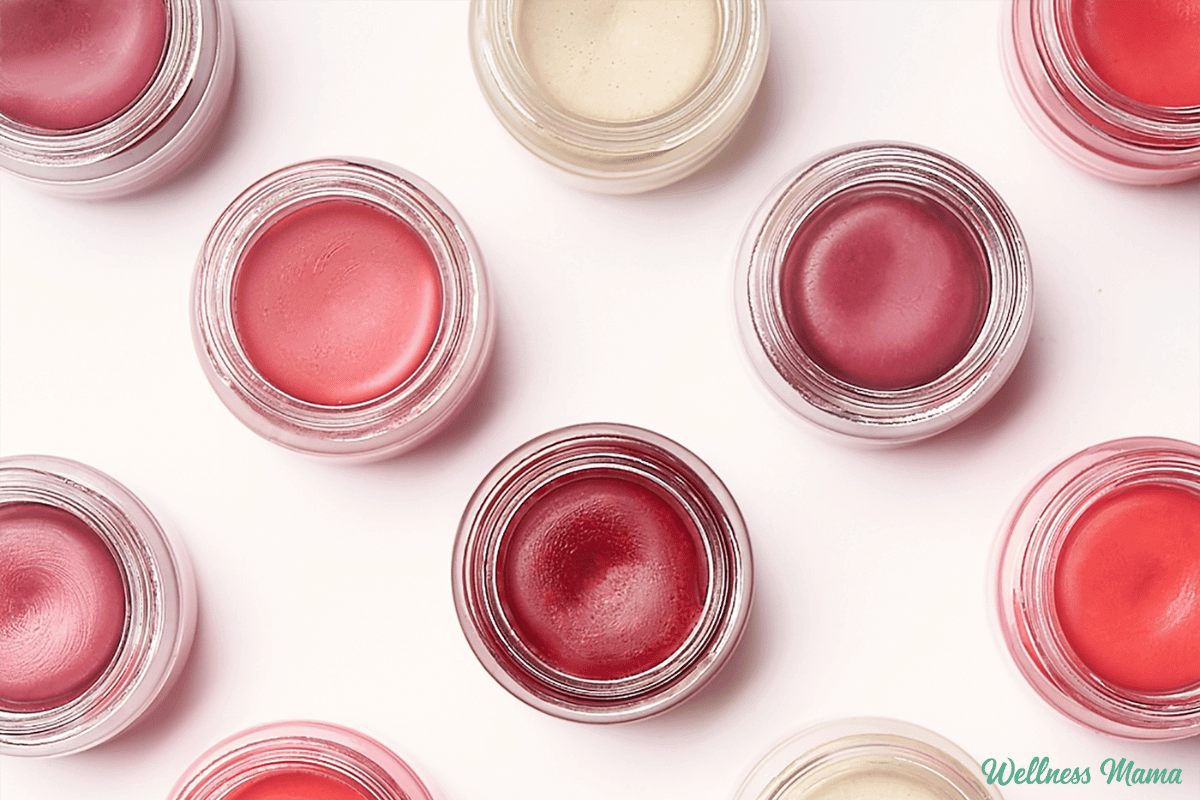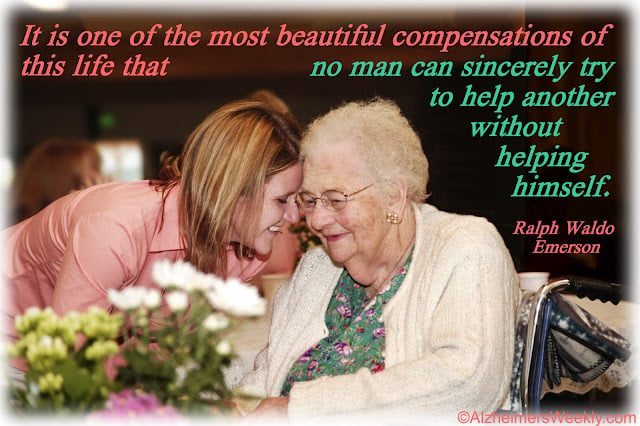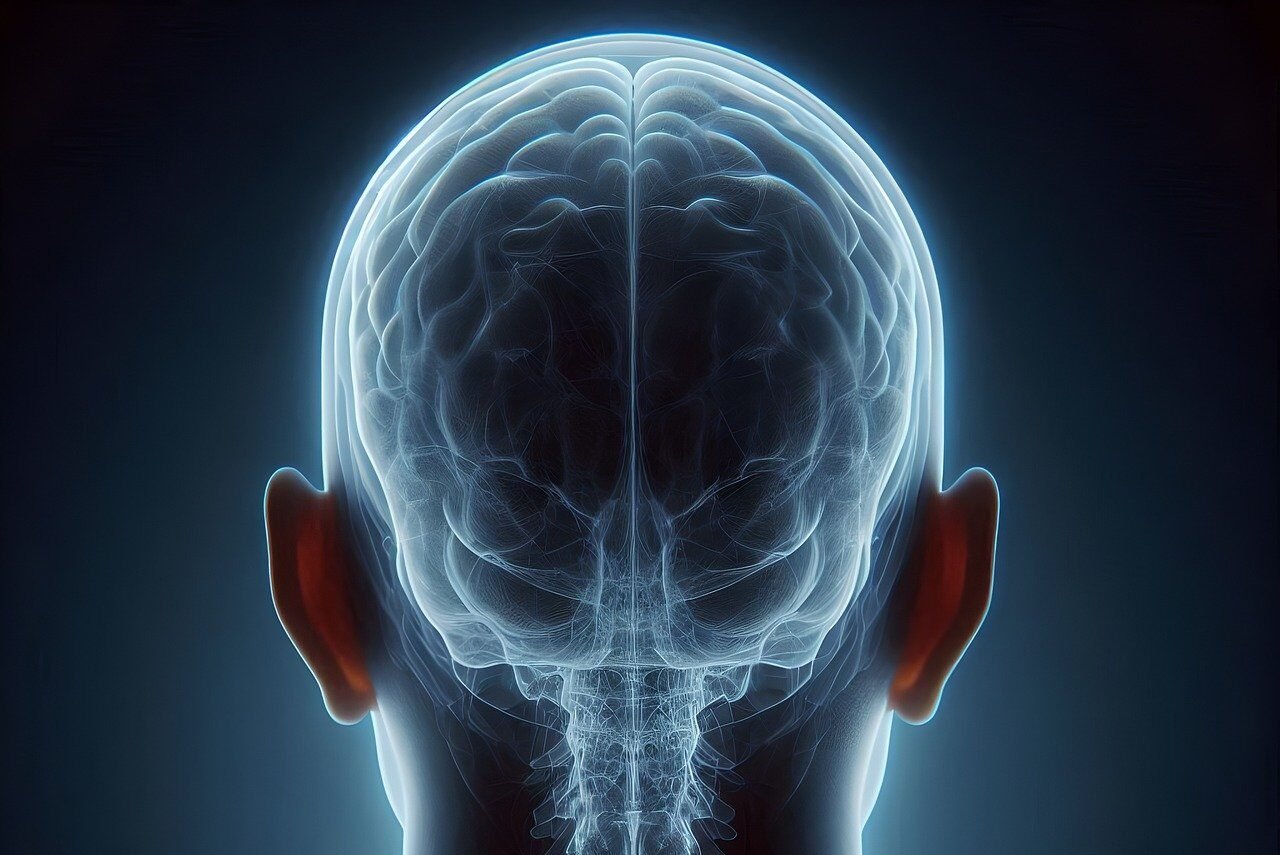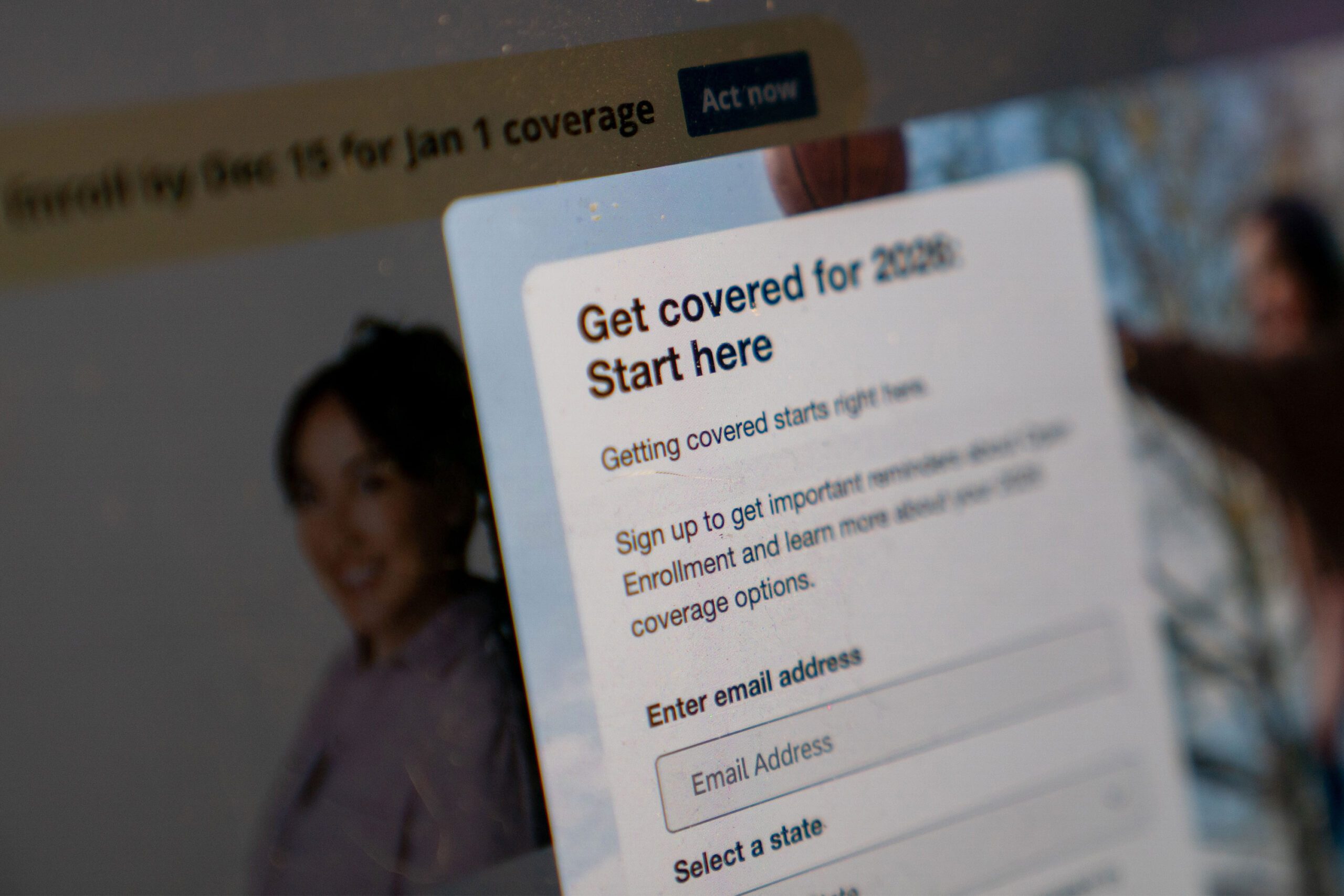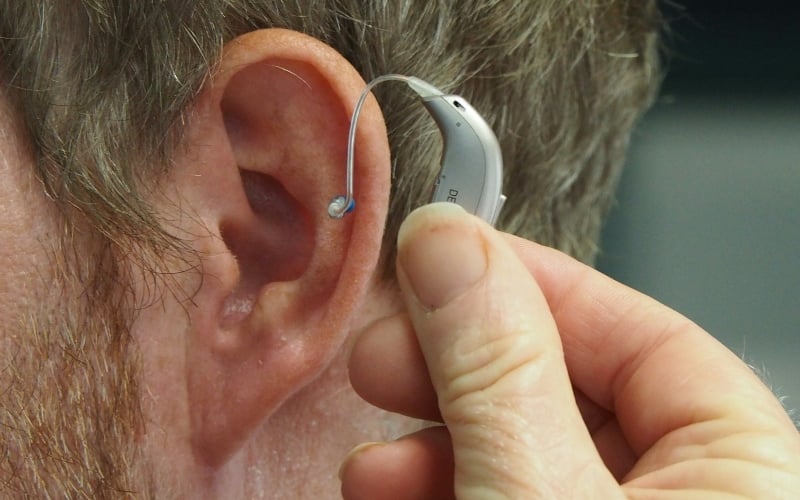Breast cancer survivors who had a unilateral mastectomy or a lumpectomy should still get mammograms, as there is always the risk that the cancer could return. However, new research finds that the number of survivors who are scheduling these important screenings is falling.
Researchers from the University of Washington (UW) examined a national commercial claims database to investigate annual mammogram rates among patients with a history of breast cancer. According to findings published in the Journal of the National Comprehensive Cancer Center, the rates have gone down substantially since 2009.
PHOTO: ADOBE STOCK / GORODENKOFFDr. Kathryn P. Lowry, lead researcher and assistant professor of radiology at the UW School of Medicine, says, “Most people do quite well after completing their treatment for breast cancer. However, some will have a recurrence of their prior cancer or develop a new breast cancer. Mammography is an important tool for detecting these cancers earlier, when they are smaller and more easily treated.”
However, researchers found that survivors are increasingly not taking advantage of this tool. The study showed that annual mammogram rates among survivors between age 50 and 64 fell from 74% between 2004 and 2009 to 67% in 2016. For those in their 40s, the drop was from 70% to 57%. Overall rates fell an average of 1.5% per year from 2009 to 2016, but it was nearly double that for 40-something survivors: 2.8%.
 PHOTO: ADOBE STOCK / HERO IMAGES
PHOTO: ADOBE STOCK / HERO IMAGES Dr. Lowry says, “I was surprised that we saw declines in mammography use among patients who were continuing to see their cancer specialists. It suggests we are seeing less frequent mammography participation even among those who are otherwise engaged in their cancer care. Our findings suggest we need to reinforce the importance of annual mammograms with our patients who have had breast cancer. We also need additional studies to better understand the barriers that are leading to fewer mammograms.”
The team was unable to determine the specific reasons behind the decline, but they say more research is needed to develop strategies to get the numbers back up.
The American Cancer Society says experts typically recommend that women who have had breast-conserving surgery get a mammogram on the impacted breast 6 to 12 months after they finish radiation treatment. This will allow for a new baseline on the breast. Routine mammograms will also be needed for the unaffected breast.
 PHOTO: ADOBE STOCK / GORODENKOFF
PHOTO: ADOBE STOCK / GORODENKOFF Provide Mammograms
Support those fighting Breast Cancer at The Breast Cancer Site for free! →
WhizzcoOriginal Article




